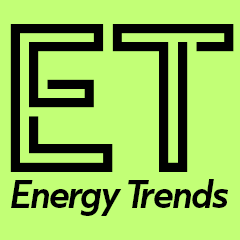The Geological Survey of Estonia is taking part in the international critical metals exploration project called ‘DEXPLORE’. The primary objective of the R&D project is to develop innovative exploration methods for mineral resources, suitable for discovering metal deposits located at depths exceeding 300 metres in the earth’s crust.
The methods developed during the project will involve geophysical surveys, including the use of unmanned aerial vehicles and geochemical studies aimed at creating ore formation models for critical metals in crystalline rocks. In addition, a geological data visualisation platform is planned.
In Estonia, within the framework of an international R&D project, the crystalline rocks of the Jõhvi and Alutaguse zones are being studied, primarily using geophysical methods. Geochemical studies will also be conducted using the existing drill cores. The Geological Survey of Estonia is responsible for an important subfield of the project, which involves validating field data and developing the best complex applications for emerging research technologies.
“The activities of the DEXPLORE project are important for Estonian geology, as the crystalline basement rocks of Estonia have been little studied so far but may contain significant amounts of critical raw materials,” explained Sirli Sipp Kulli, Director of the Geological Survey of Estonia. “The project promotes the application of advanced remote methods, geological knowledge, and new technologies, thereby contributing to the overall development of geosciences in Estonia and the implementation of environmentally low-impact methods.”
A total of 13 partners from different European countries participate in the international R&D project. The lead partner is the Iberian Sustainable Mining Cluster from Spain. In addition to the Geological Survey of Estonia, the Department of Geology of TalTech is also participating in the project from Estonia. The three-year research project is funded by the European Union’s Horizon Europe programme in the amount of 4.6 million euros.


